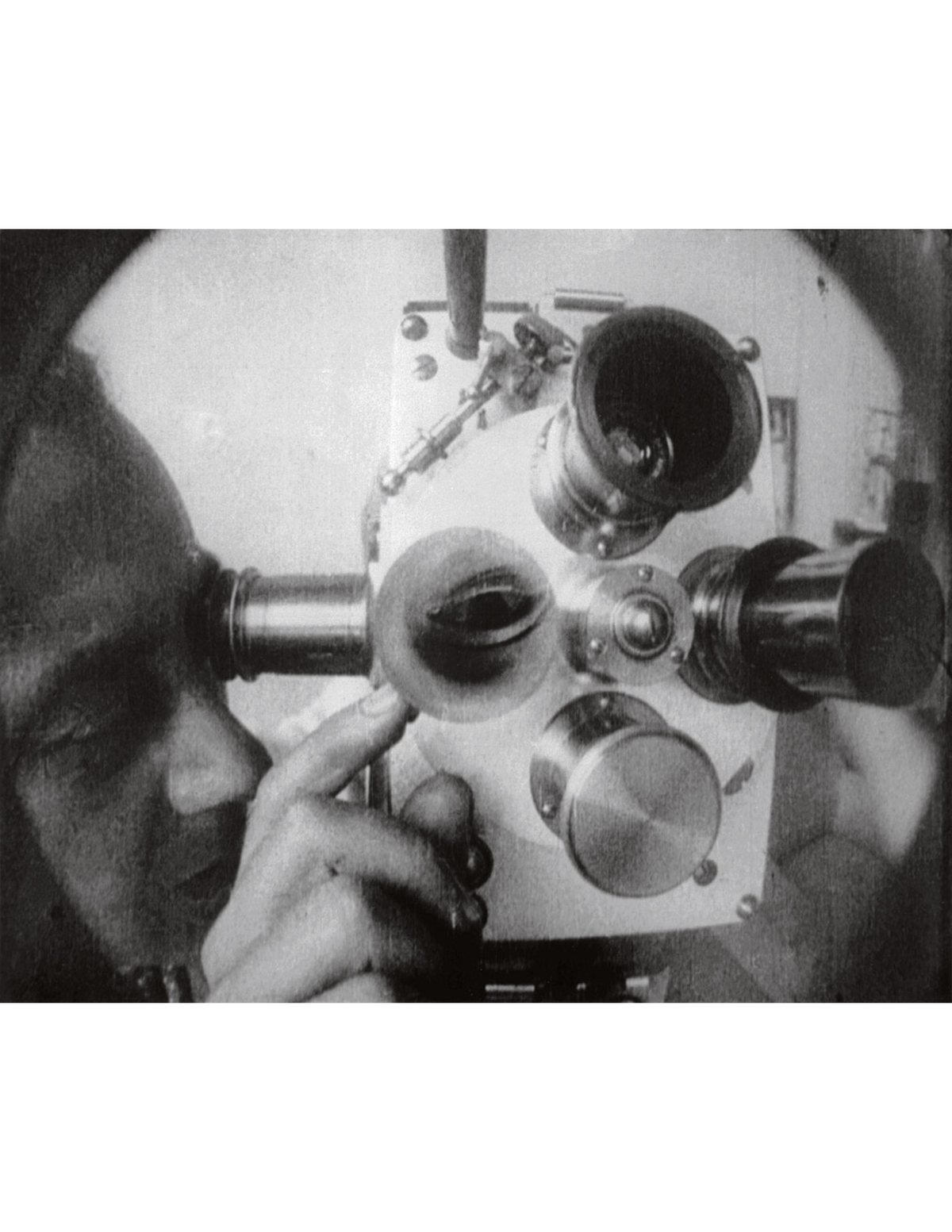In 1970, the year Man Ray turned 80, a journalist from New York magazine delivered a scathing critique, telling the artist he would “probably end up going down in history as a clever, slightly scandalous artist who never really found himself.”
Ray was undeniably prolific. He worked variously as a draftsman, photographer, filmmaker, assembler, and sculptor, and created nearly 40,000 pieces during his lifetime. Yet there was a strong, steady vision that cohered his work and belied the criticism. Indeed, his photographs came to represent the je ne sais quoi of Paris during the Jazz Age.
Ray didn’t come from wealth. He was born Emmanuel Radnitzky to Russian-Jewish immigrants in 1890, in southern Philadelphia. The family moved to New York in 1897, and while his father, Melach, stitched clothes at a garment factory, Ray studied art history, painting, and industrial design at Boys’ High School in Bedford-Stuyvesant. He spent his allowance on paintbrushes and oils, and read books about Leonardo da Vinci, whom he idolized.
Alfred Stieglitz’s 291 gallery—where Marcel Duchamp mingled with Picasso and Brancusi, cigar in hand—became Ray’s hangout after he graduated and exposed him to the world of Dada. In 1912, he moved to an artist colony in Grantwood, New Jersey, and the next year shortened Manny, his nickname, to Man.
In 1921, Ray followed Duchamp to Paris, hoping to meet the movement’s pioneers. There, he discovered “photograms,” images created using a groundbreaking technique that didn’t require a camera. (It involved placing objects directly onto light-sensitive material.) “I took everything I could get my hands on,” he once said, “the key to my hotel room, a handkerchief, pencils, a brush, a candle, a piece of string…. It was exciting and a great deal of fun.” Tristan Tzara hailed the work as “pure Dada.” Ray no longer mentioned his upbringing in Brooklyn.
In the late 1920s, when Surrealism was on the rise and Ray was living with the photographer Lee Miller, the pair together developed the “solarization” technique. By overexposing photographs to light, a halo effect was created around the subject—usually a nude woman. At the International Surrealist Exhibition of 1938, Ray’s reputation was secured when he was christened “the master of light.”
Man Ray: Genius of Light, published in conjunction with a retrospective on Ray, provides a fascinating overview of his life and art. “Just as I work with paints, brushes, and canvas,” he once said, “I work with the light, pieces of glass, and chemistry.” —Elena Clavarino
Elena Clavarino is a Senior Editor at air mail










